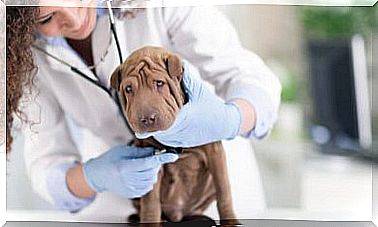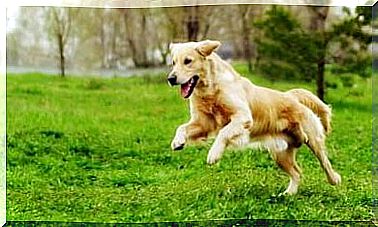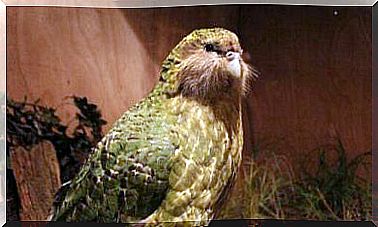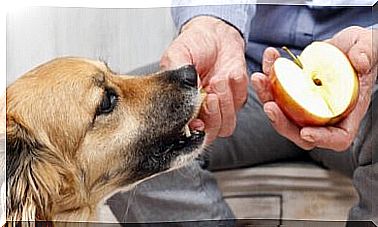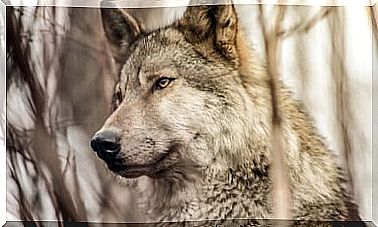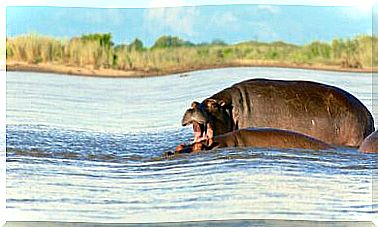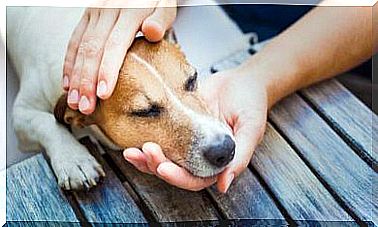7 Tips To Cool Your Dog In Summer
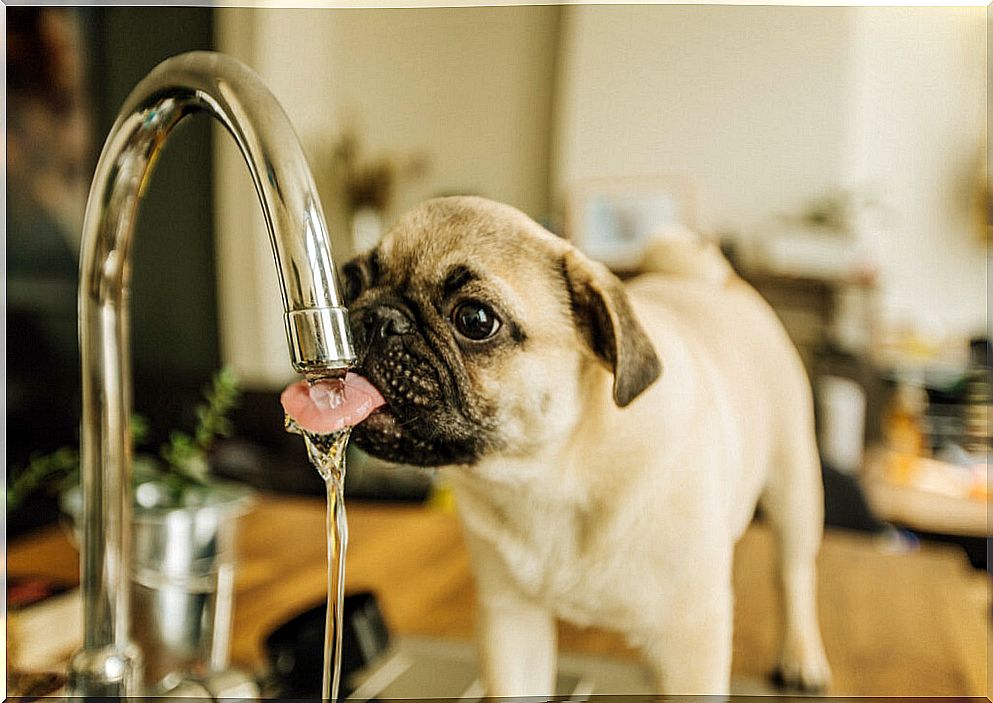
Heat affects dogs far more than humans. And if it usually manifests itself as a simple lack of appetite on them, it can also cause much more serious problems. That’s why it’s essential to know how to cool down your dog during the hottest season.
The effects of heat on dogs
Dogs are much more sensitive to heat than cold, as they are animals that are able to regulate their body temperature upwards when the environment is colder than normal (homeothermy). Since the heat dissipation mechanisms in canines are poorer, it is important to help them stay cool on hot days.
First of all, we need to know that dogs don’t sweat like us. These mammals dissipate sweat through the pads of their paws and, in an accessory way, regulate their temperature by panting.
Q hen an organism detects a rise in temperature, respiratory rate increases, so as to cool the body with the inspired air. The blood vessels dilate to dissipate heat, and the heart rate and intensity are increased to maintain blood pressure.
A heat stroke begins precisely with a sudden increase in body temperature, the symptoms of which manifest themselves in the form of rapid breathing and an open mouth. According to the Affinity Foundation , an at-risk dog’s tongue can take on a deep red color, will have a tendency to vomit, experience tremors, and even lose consciousness.
To prevent your pet from suffering from heatstroke, you need to understand their physiology and needs. Follow these tips to cool your dog during the hottest times of the year.
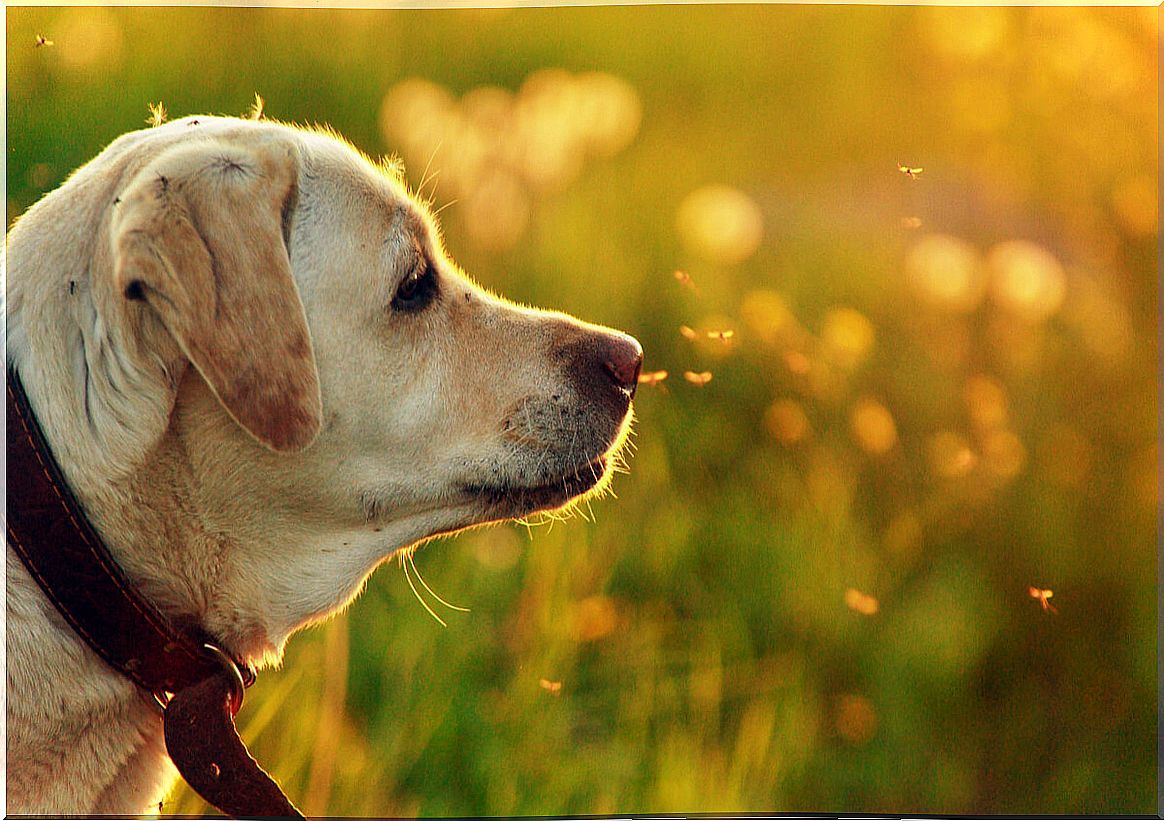
How to cool your dog in hot weather
1. Don’t cut the hair, brush it
Clipping your dog’s coat or shaving it will not make it feel fresher. In fact, the opposite happens: you will leave it more exposed, as the fur serves to protect the dog from the sun or from insects.
When the high temperatures arrive, the dog naturally sheds the hair that has grown over the winter. Brushing him will help him get rid of this excess hair.
2. Water, the essential element to refresh your dog
Keep the water bowl in the shade with fresh, clean water. This advice applies not only for the summer, but for the whole year. Every pet should have a source of clean water every day, as this liquid is essential for maintaining life.
Every so often, make sure the bowl is full. Also, you can put more than one in your home, especially near where your dog rests.
If you see that it is very hot, you can also cool it with a sponge soaked in water on the head and back.
3. Toys to cool your dog
These types of toys not only serve to cool your dog, but also amuse him. Within this group are small balls that excrete water or chewy bones that are kept in the refrigerator to keep them fresh.
In addition, you can find other accessories on the market, such as freshwater fountains, blankets, vests and refreshing kennels.
4. Do not walk the dog during the hottest hours
Avoid exercising, playing or walking your dog from around noon to 4pm. On the other hand, be careful – at all times – not to put a muzzle on him, which does not allow him to pant. As we have already mentioned, this is the main heat dissipation mechanism in canids.
If you leave the house with your pet during the most recommended and least hot hours, bring a portable waterer and avoid strenuous exercise. If your dog likes to swim, don’t miss the chance, as it is one of the few physical exercises that doesn’t put him at risk for heatstroke.
5. Homemade ice cream to cool your dog
You can also put ice cubes in the drinker. Ice is suitable for dogs, but water that is too cold is not. You can also use an ice cream mold or plastic container and freeze the water with some croquettes.
Dip the ice cream in the water before giving it to your dog, so it doesn’t stick to the tongue.
6. Protect it from direct sun
In addition to not going out for a walk during the hottest hours, it is also important that your dog has a cool, shady place where he can rest. A fan or air conditioner can also help you cope with the heat inside the home.
If your dog is out in the sun at any time, apply sunscreen to his nose, ears, tail and other hairless areas of the body. This will prevent long-term burns and injuries from appearing on the dog’s body.
7. Feed him at the right time
With heat, dogs’ appetite decreases, so feed them during cooler times of the day, such as in the morning or evening. You can also take advantage of this season to add water-rich fruits and vegetables to your menu.
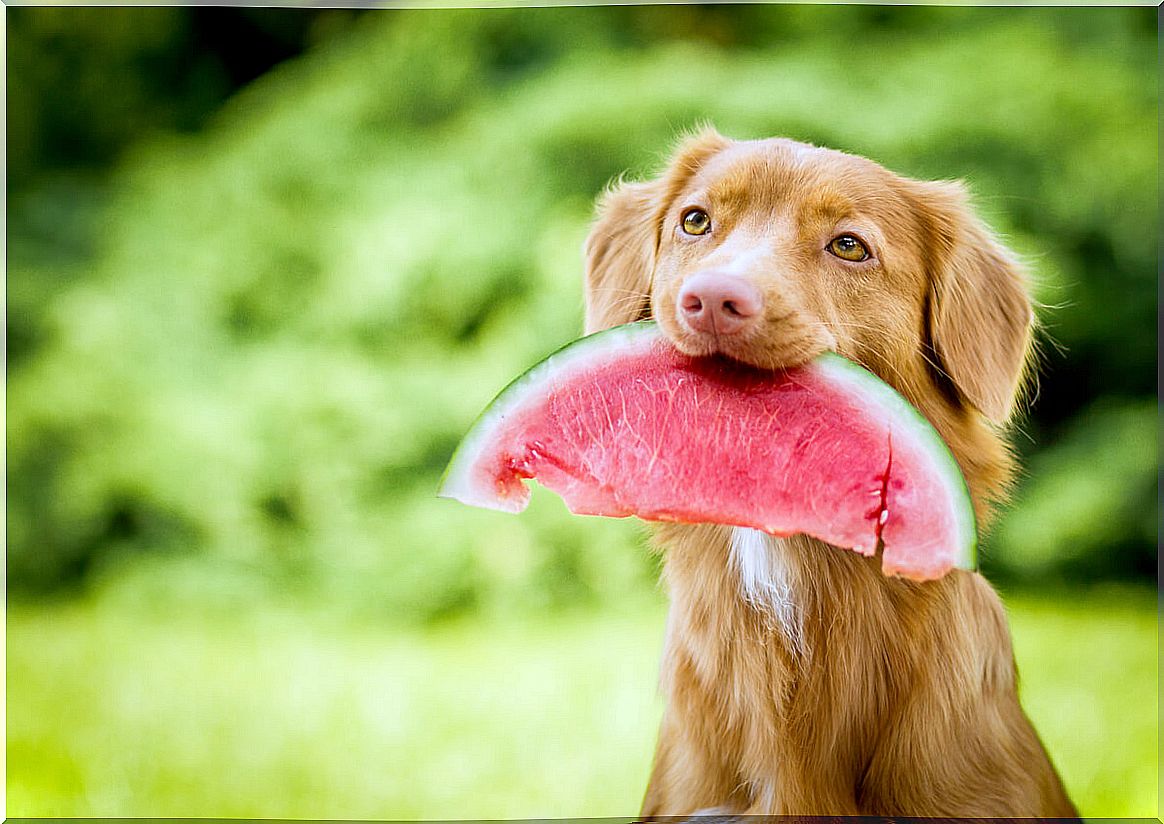
Taking care of your dog and knowing what is best for him is very important to his well-being. Following these tips will help you and your dog have a nice, cool summer, safe from heatstroke.
